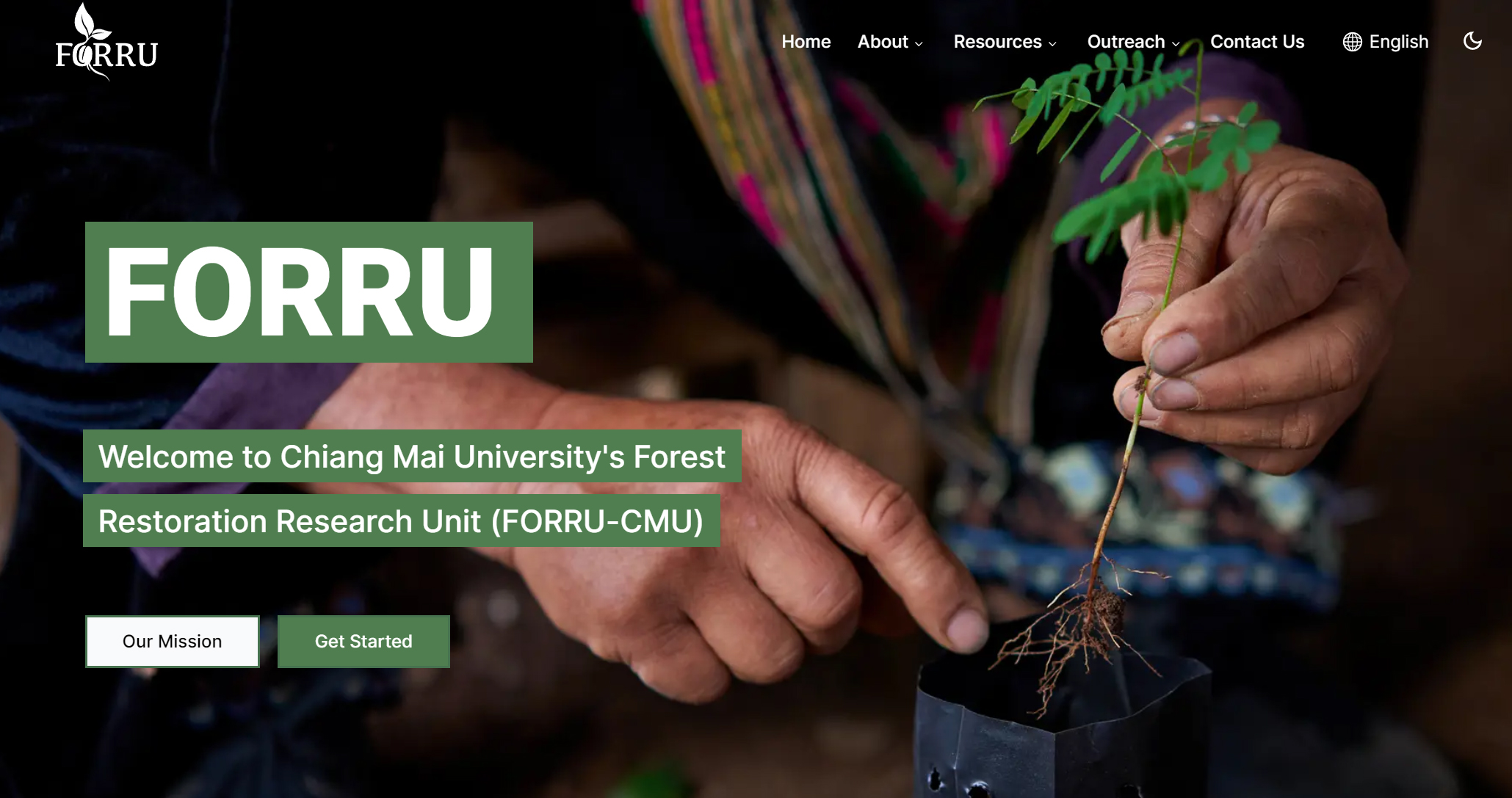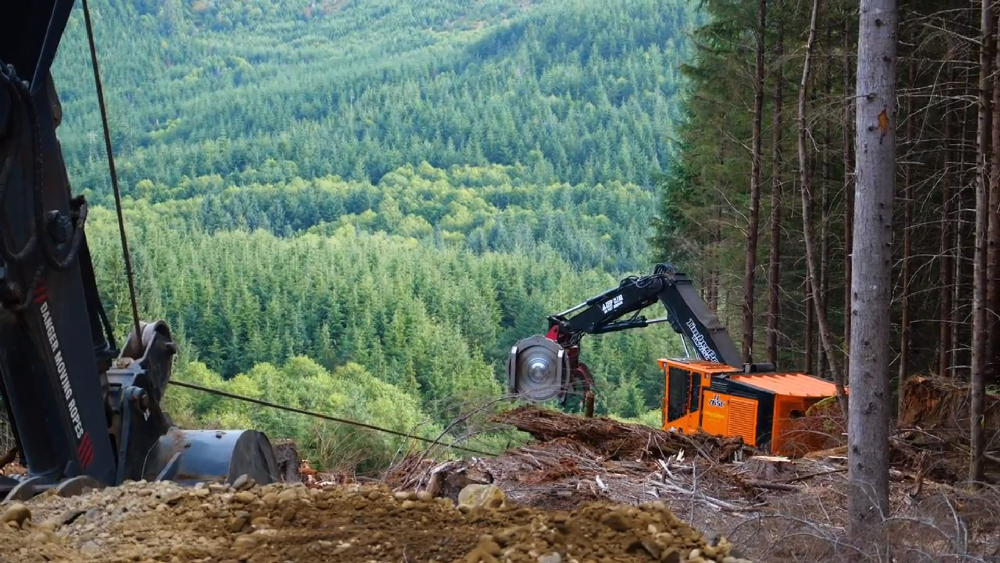Those abrupt transitions are typically tree/forest type. Now, that may have something to do with the soil, sure.. But that high and dry, nothing growing underneath is mainly oak-hickory forest type. The understory is generally low growing stuff like ferns, maybe some huckleberry or mountain laurel patches, but not much in the way of tree regrowth or things that interrupt the line of sight. It looks wide open. As you go down you get a more northern hardwood type, with beech, birch, hickory, maple, cherry, etc. And there'll be more regrowth there, in addition to line of sight stuff like grapevines, witch hazel, etc.
I'd also call attention to logging practices a decade ago. A lot of our forests aren't mixed age. You may have a stand of uniformly 120 year old oaks. In such places, there just isn't going to be much undergrowth. Sure, lightning may hit the odd tree and fell it, leaving a 20 sq. ft spot where light gets through, a sapling will start and immediately get overbrowsed. But if that's your measure, 1 deer in the whole forest is too many, because it takes 1 deer about 20 minutes to overbrowse such a small area. If you get a larger area, like a blowdown or a couple acre clearcut, regrowth does happen.
And regarding doe licenses. There are lots and lots of places that have overpopulations of deer, but they aren't where people hunt. I'm not sure how to solve that issue, but doe licenses aren't targeted to a small enough area. You end up with the "tag gets used where it ain't needed, and no tag used where it is needed" effect.







